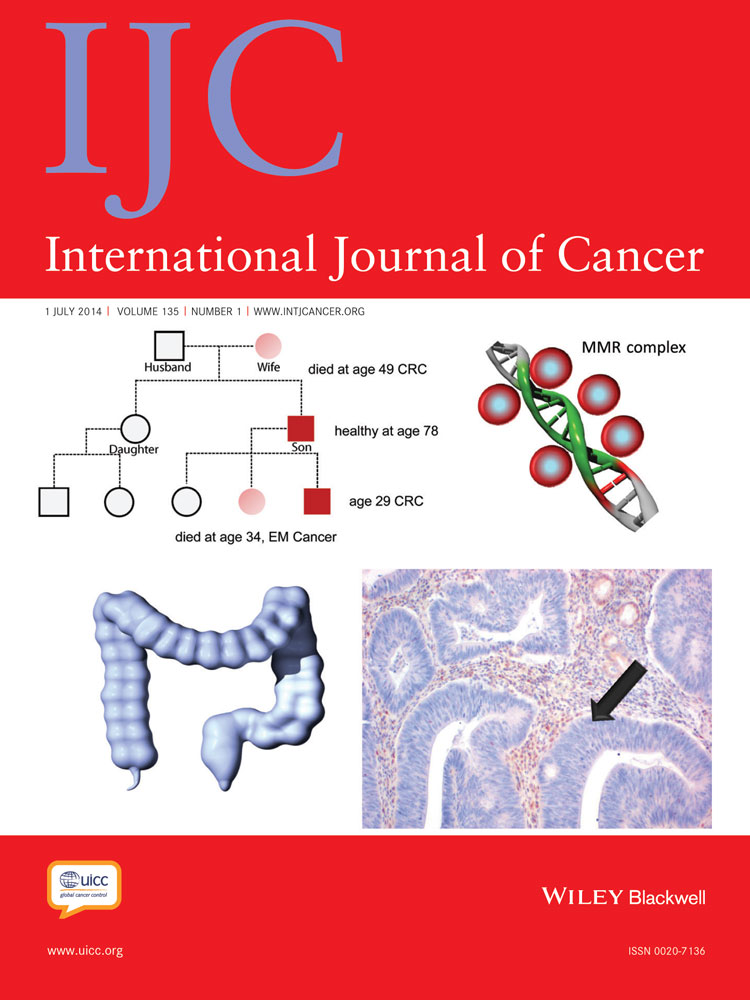Divergent coverage, frequency and costs of organised and opportunistic Pap testing in Finland
Abstract
We evaluated the overall coverage, frequency and costs of Pap testing by screening modality and health care provider in Finland. Information about Pap testing in the Finnish female population of 2.7 million was obtained from nationwide population-based registry data. Among women aged 25–69 years, 87% had had a Pap test taken within or outside the organised programme at least once during the last 5 years and half of those screened in the organised programme had also had at least one Pap test taken outside the programme. Of the annual average of 530,000 Pap tests taken, 84% were taken for screening purposes and 16% as follow-up. Forty percent of the 446,000 annual screening tests were taken in the organised programme, 55% as opportunistic tests in public primary or student health care or by private providers and 5% in public secondary health care. One-fifth of all opportunistic screening Pap tests were taken from women aged <25. The voluminous opportunistic Pap testing in public primary health care was concentrated in young women aged 25–29 whereas the bulk of opportunistic testing in private health occurred in age groups eligible for organised screening. The total cost of all screening Pap tests was €22.4 million, of which 71% incurred in opportunistic screening. Of the 84,000 annual follow-up Pap tests and their €8.3 million total costs, ∼60% incurred in organised screening or in secondary health care.
Abstract
What's new?
Finland is renowned for its performance and effectiveness in organised cervical cancer screening but the magnitude and significance of opportunistic Pap testing remains unknown. Here, overall coverage and costs of organised screening and opportunistic Pap testing in Finland were estimated using nationwide registry data. Of annual screening tests, 55% were found to be taken as opportunistic tests in public primary or student health care, accounting for as much as 71% of total screening costs. The findings shed light on the development of cost-effective HPV vaccination and cervical cancer screening strategies.




